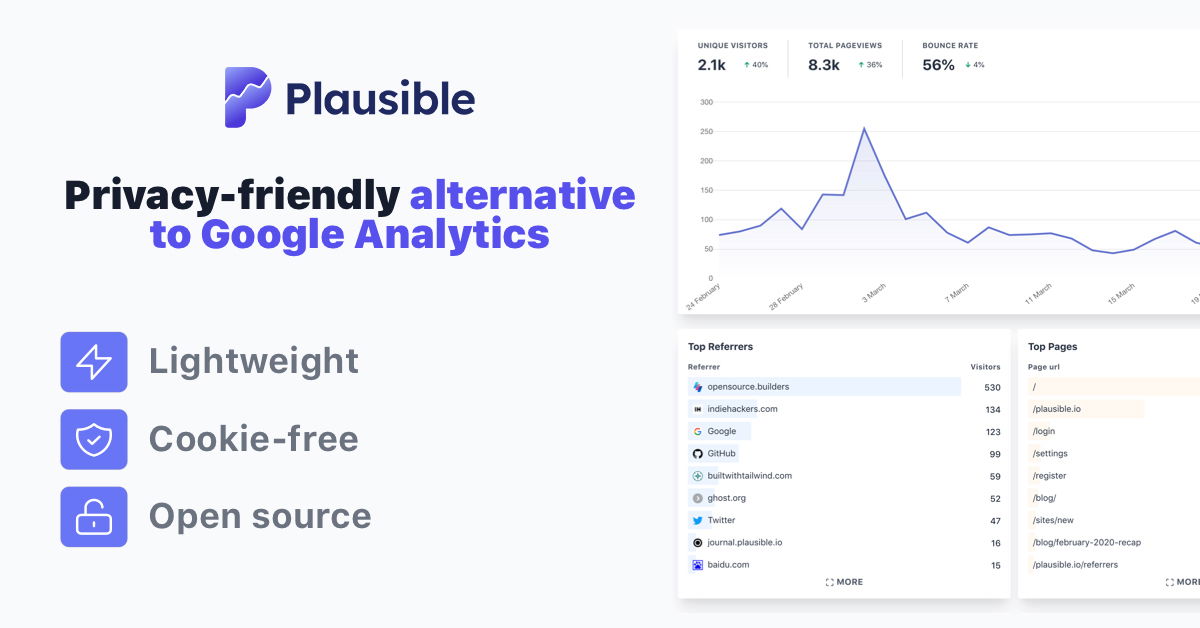Plain emails are a win-win

If you’ve ever had to develop transactional HTML emails with slick designs, you’ll know that it’s a complete mess. The incompatibilities between email clients are way worse than what you see with different browsers. Testing emails is extremely difficult, and there’s a seemingly endless number of problems with various clients.
Luckily there’s a really simple solution to this problem: just send plain transactional emails instead with minimal/no design. Email clients were never designed for complex layouts and graphics. Instead of abusing the format for something its not intended for, let’s respect it and use it to our advantage instead.
Before we go on, of course there are cases where it makes sense to design complex HTML emails for better readability. For example, I’m planning to add a regular email report to Plausible in the future. Such a report needs to fit a lot of data in a scannable format, so I will probably lean towards a designed email template.
However, most transactional emails don’t require design. No fuss, straight to the point without any distracting elements. It’s hard to see how adding colours, logos and buttons to the email would improve it.
More than just time savings
Avoiding the complexity of HTML templates can save a lot of time in design and development. An even greater win is that plain emails also have better deliverability and response rates.
HTML elements and images have a negative effect on deliverability because they tend to trigger spam filters. Over-designed emails can definitely feel spammy to the reader as well, not just the AI. I’m guessing it’s due to the ridiculous amount of unsolicited marketing emails that we all receive on a daily basis. They are almost exclusively complex HTML templates with loads of images.
Plain emails get more responses because they feel much more personal than HTML emails. People associate designed emails with marketing and one-way mass communication. On the other hand, plain emails look like the emails you get from a coworker or a friend. It feels more natural to hit ‘reply’ on them.
This is why plain emails are a win-win: not only do they simplify the development process but they also reach more people. My takeaway is that we should only get into complex HTML templates if they are completely necessary to enhance the user experience. We should accept that using them sacrifices deliverability, open rates, and development time. The upside of using email designs must be huge to outweigh the negative consequences of using them.